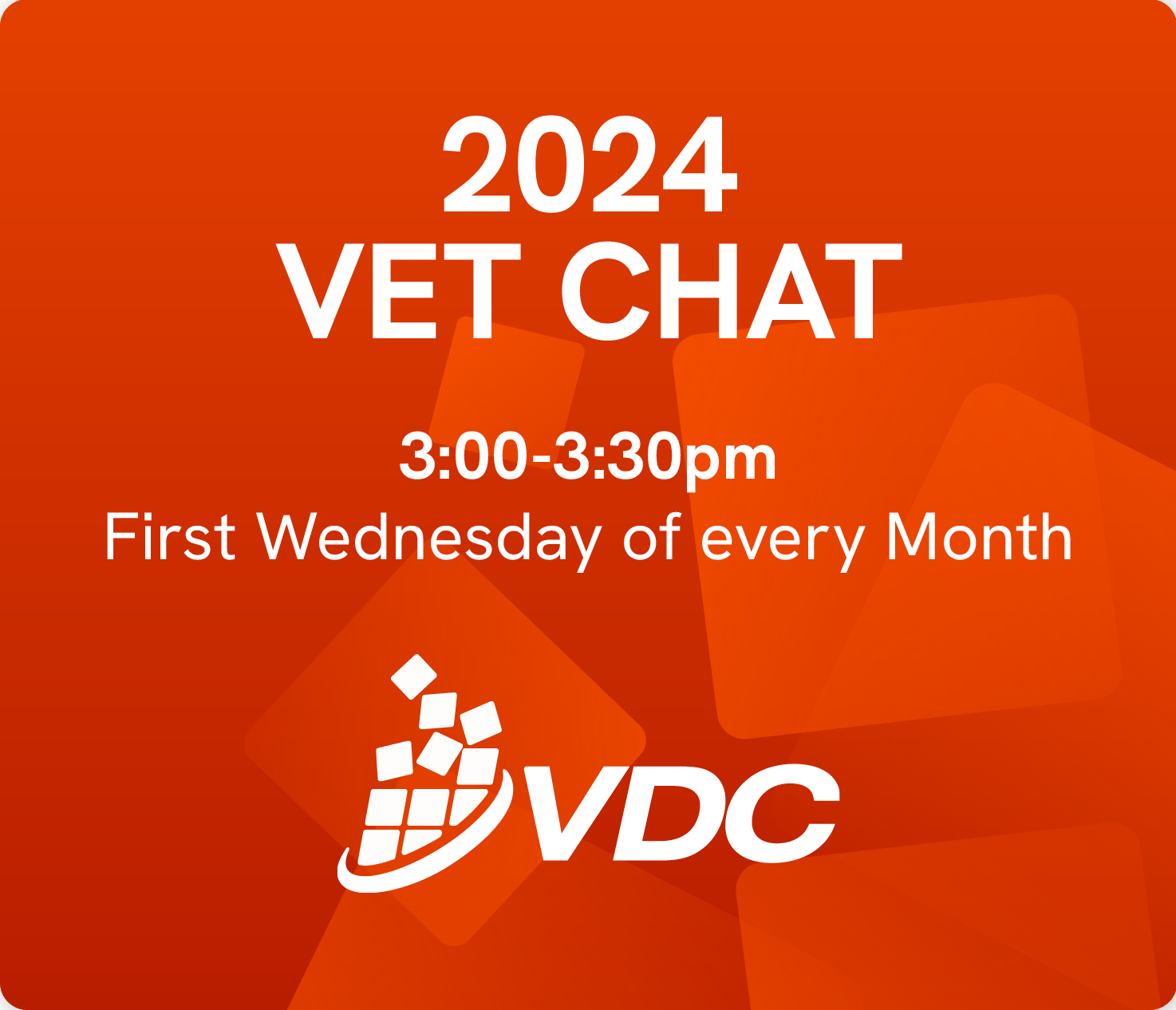It’s data reporting season. Let’s take a look at what the total numbers of those taking a VET program are telling us.
How big is VET in 2018?
The recently released NCVER publication Total VET students and courses 2018 tells us that, in 2018, an estimated 4.1 million Australians participated in some form of recognised VET, although this number is down by 1.5% in comparison with 2017. Around 2 million students were enrolled in nationally recognised qualifications in 2018, down by 5.9%. On the other hand, “students enrolled in subjects not delivered as part of a nationally recognised program increased by 4.9% to 2.5 million.”
“An estimated 22.7% of the Australian resident population aged 15 to 64 years participated in nationally recognised VET in Australia in 2018”, the report says. However, participation by those aged between 15 and 19 years of age runs at 42.9%.
In 2018, of the 2 million students enrolled in recognised programs, most – around 1.8 million – were in training package qualifications, but other enrolments included accredited qualifications or courses, or skill sets.
Data were derived from a large number of providers, around 3,800. Others, around 750, had closed or were exempt.
What are the trends?
There are also ups and downs when looking at the trends from 2015 to these latest data.
On the one hand domestic fee-for-service students increased by 13.7% to 3 million while full time training equivalents (FYTEs) decreased by 7.0%. On the other hand, government funded students decreased by 7.3% to 1.2 million and FYTEs decreased by 14.7%. So, the trend was for more fee for service, but less government funded training numbers over the period.
In addition, students enrolled in nationally recognised programs decreased by 16.2% over the period, while students enrolled in subjects not delivered as part of a nationally recognised program increased by 46.6%. One of the other big winners is international education. International fee-for-service students increased by 37.3% between 2015 and 2018. The report also found that:
“In 2018, 2.5 million (62.2%) students enrolled in subjects that were delivered either stand-alone or not part of a nationally recognised program. These students were enrolled in a total of 6.1 million subjects, of which the top three were all units within the Health training package, accounting for 44.9% of all subjects not delivered as part of a nationally recognised program.”
So, in reality, a lot of VET effort sits outside a system based on the completion of a full qualification. It also means that much of what counts as VET is ‘short duration’.
NCVER’s press release shows that policy changes have had their effect, particularly for qualifications at AQF IV and above. NCVER reports that:
“Since 2015, domestic fee-for-service diploma and above enrolments have decreased by 61.6% to 159 000 in 2018. It is likely that this decline can largely be attributed to changes to the VET student loan schemes between 2015 to 2018.”
They also report a “notable decrease” in government funded certificate IV level qualification enrolments by 16.1% in 2018 and domestic fee-for-service certificate IV level qualification enrolments by 28.7%.
Where is the major training effort in 2018?
In 2018, 84.5% of enrolments in nationally recognised programs were in training package qualifications. Of these, and unsurprisingly, “Business Services remained the most popular training package, with 15.5% of all training package qualification enrolments, followed by Community Services with 15.0%.”
Moreover:
“…most qualification enrolments were in certificate III level qualifications (38.4%), followed by certificate II (19.9%), certificate IV (18.1%) and diploma and above (17.4%).”
In terms of the provider types for nationally recognised training, 71.3% were enrolled in at a private training provider, 19.1% at a TAFE institute, 11.8% at a community education provider, 2.9% at an enterprise provider, 2.6% at a school and 1.7% at a university.
In terms of completion rates NCVER’s press release points out that:
“For nationally recognised total VET qualifications started in 2017 the data shows that, by training provider type, programs delivered by enterprise providers (60%), schools (55%) and private training providers (51%) have the highest national estimated projected qualification completion rates.”
And there are other data information and sources you can access too!
These include a data slicer and the fact sheets.








